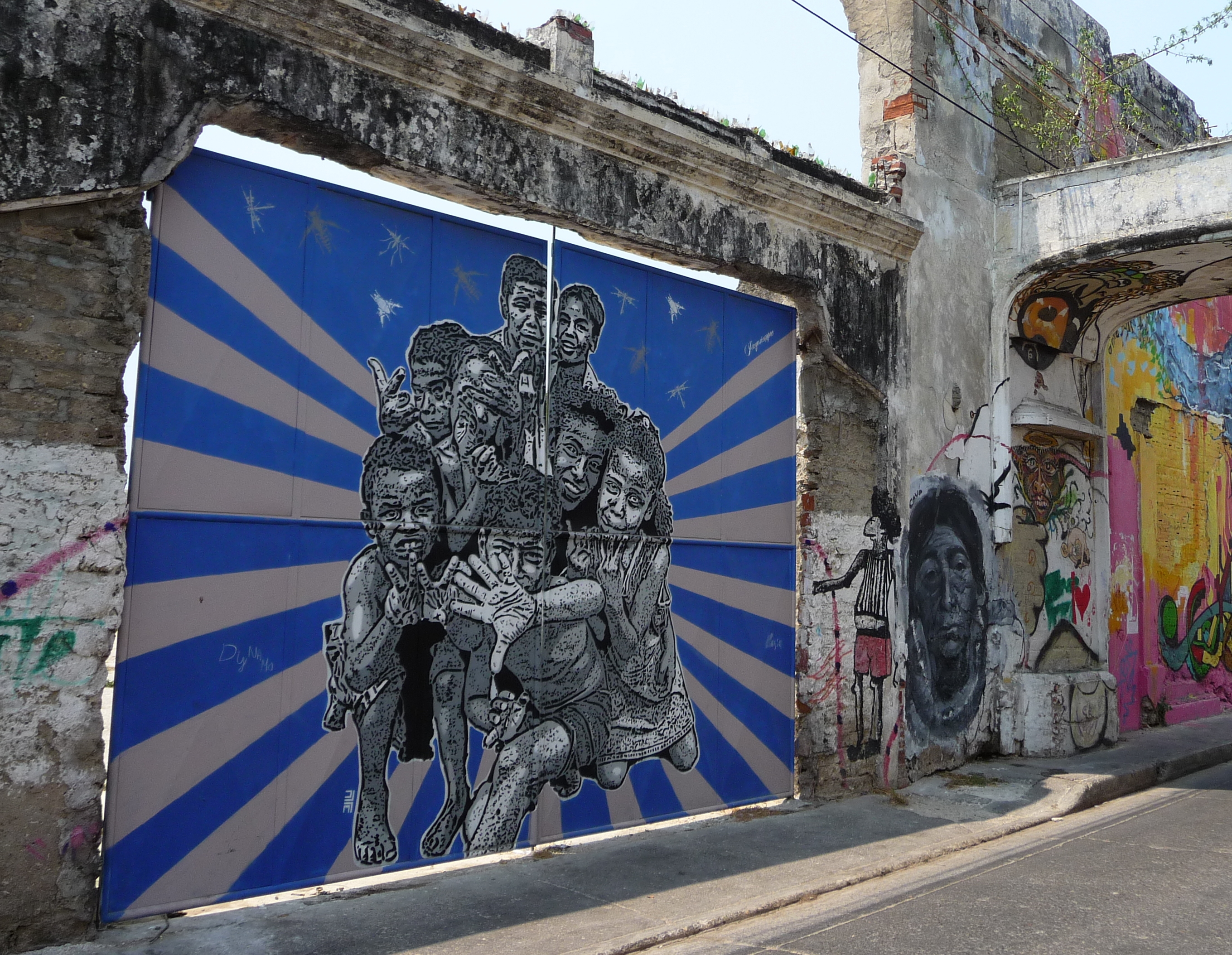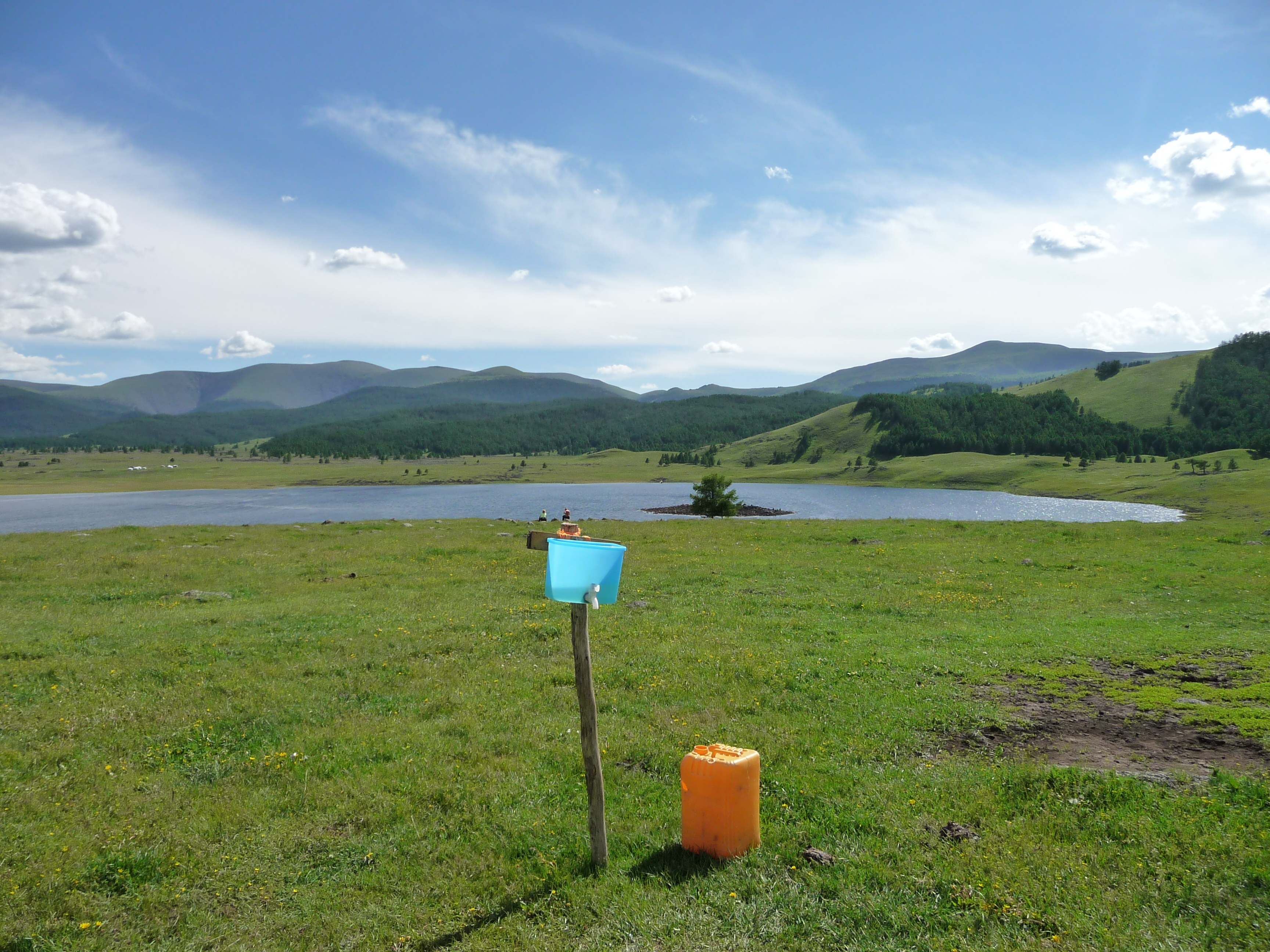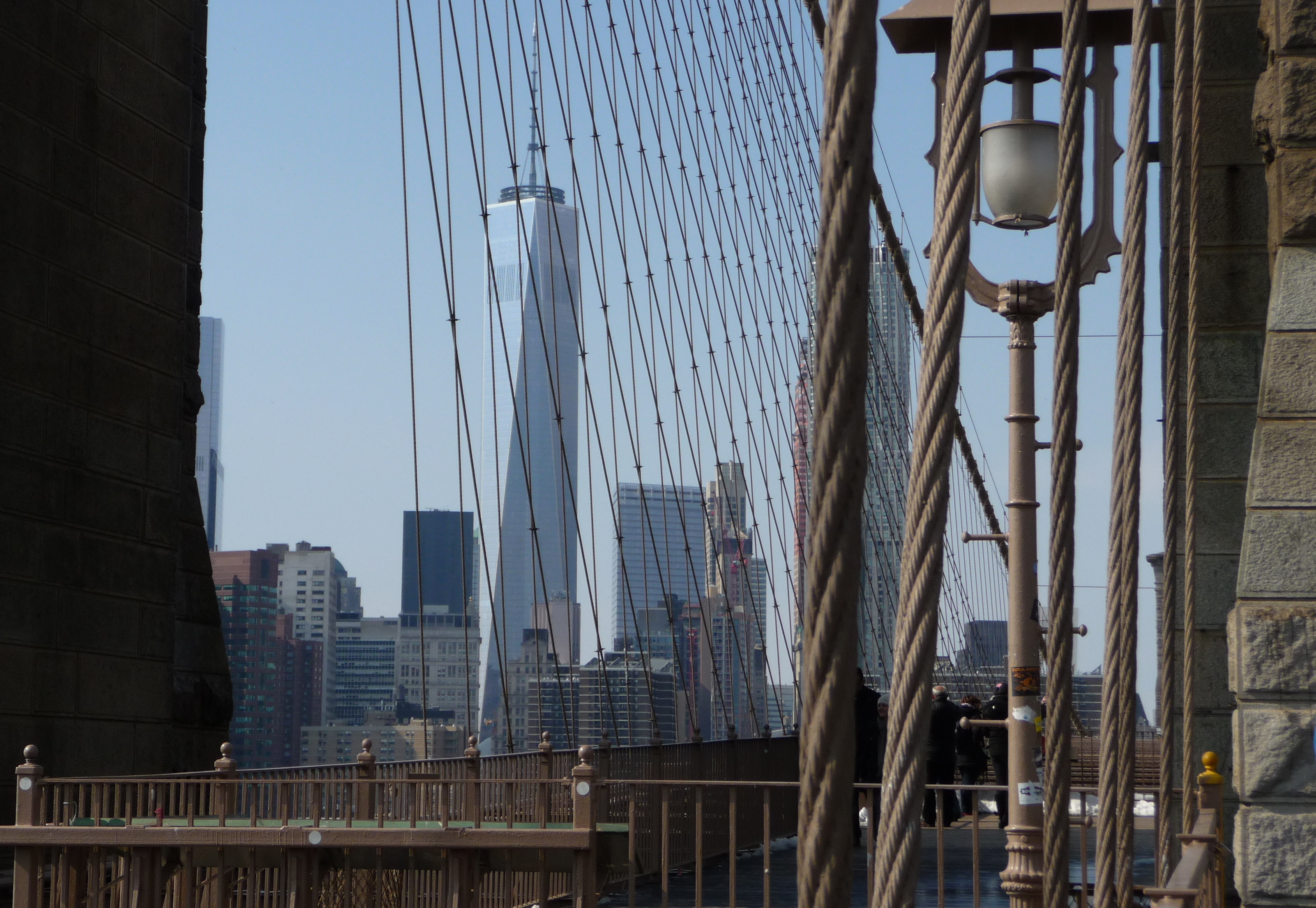The train from Grand Central Station to New Haven was the last before peak prices kicked in. It was filling quickly.
I chose a place in a six seat compartment. One man was there. He had slipped his bag beneath his seat and I did the same. Soon a tall man sat facing us.
“We need to put those bags overhead. I need my leg room.” Both of us looked at the high rack with concern. The tall man placed the bags above. We learned his destination was before ours.
“I’m getting off at the last stop and can help you with those.” A young man said from across the aisle. The short man and I thanked him.
We settled in for the two hour ride.
“Can you use your inside voice?”said the long legged man to the same young man some five minutes later.
Soon our seating area and the entire car was full. Some people were standing. Others sat on the floor. Snacks and drinks were passed back and forth between friends and family sitting apart.
“Would you move your arm to the left?” said the tall man to the business man sitting by his side. The man adjusted his arm to the left without a word. The tall man put on his head phones and opened his book. His shoulder crowded the woman beside him.









